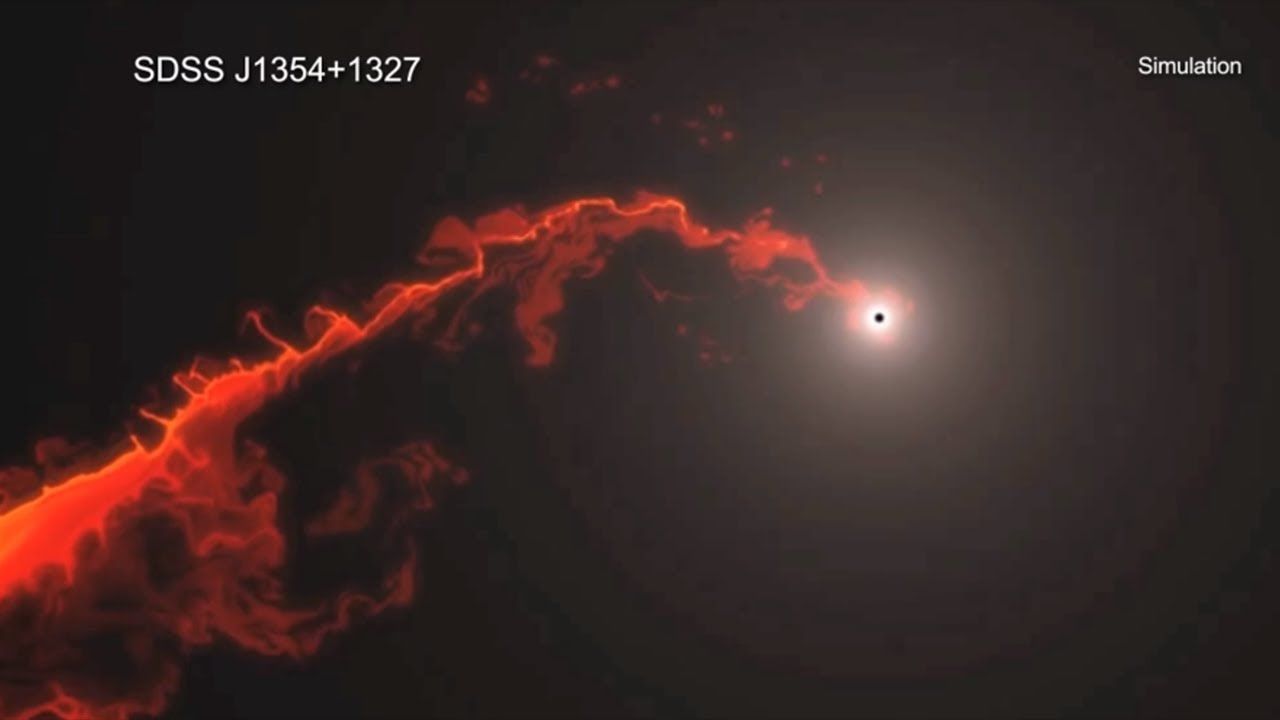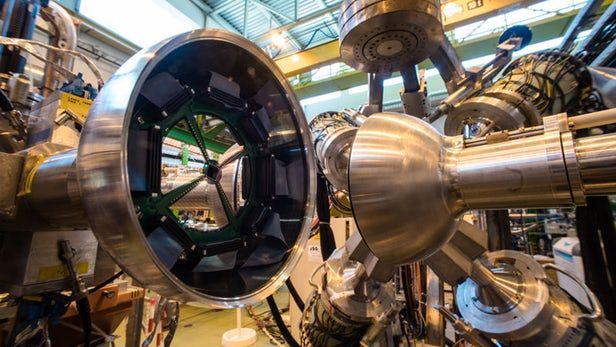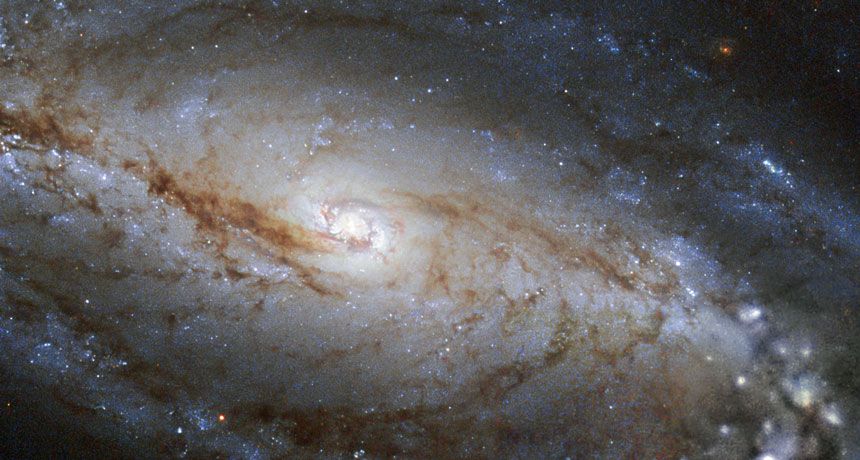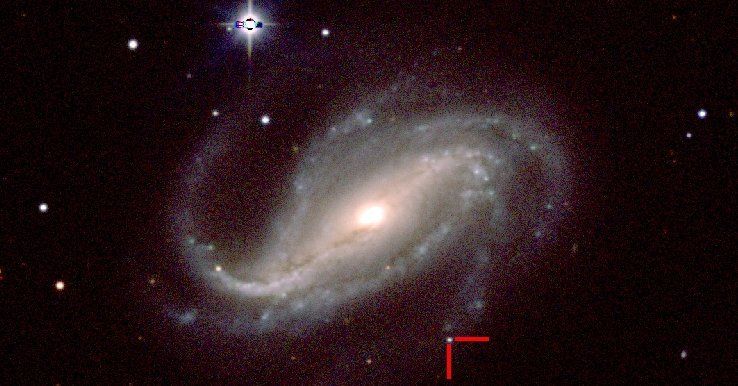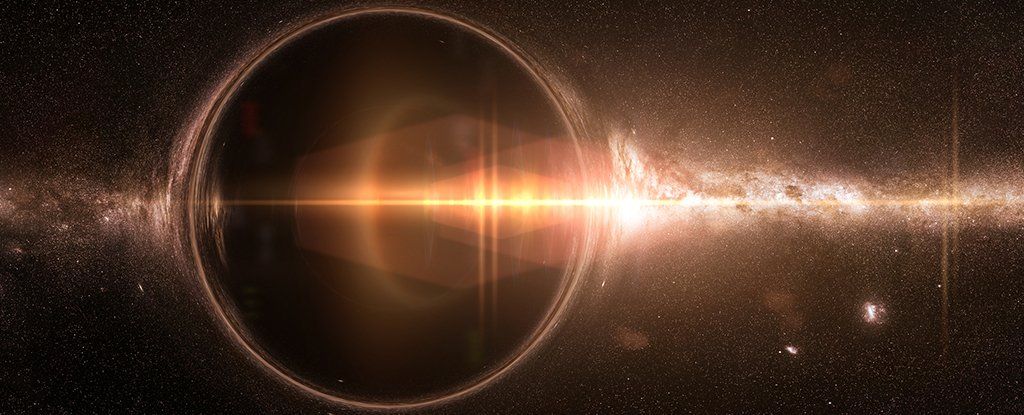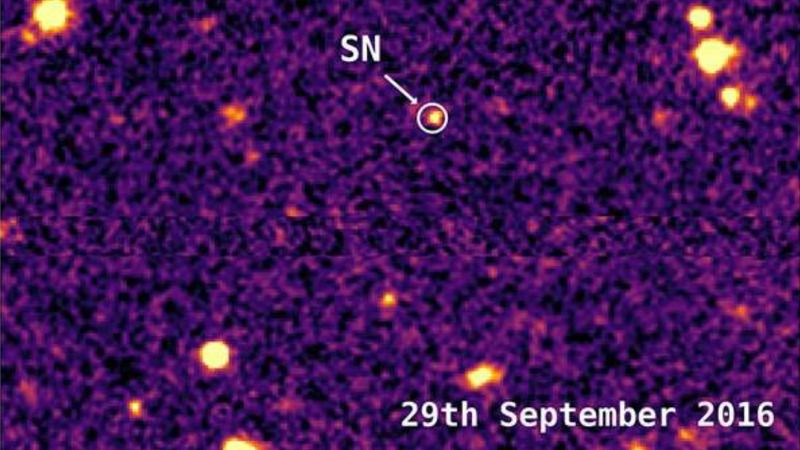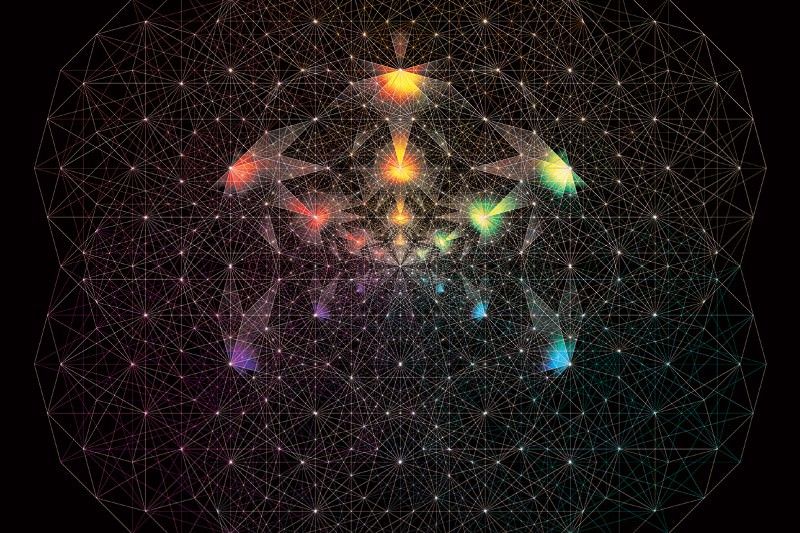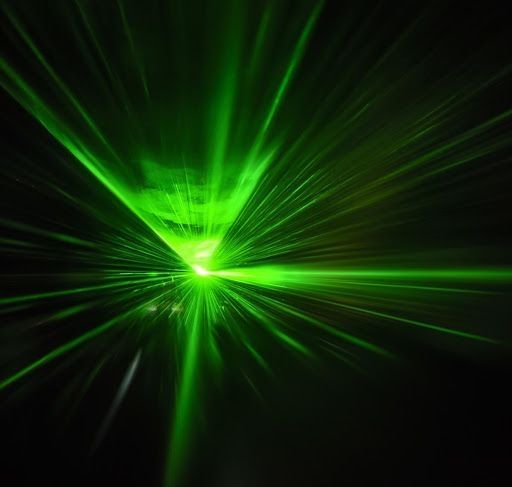Black holes don’t just sit there munching away constantly on the space around them. Eventually they run out of nearby matter and go quiet, lying in wait until a stray bit of gas passes by.
Then a black hole devours again, belching out a giant jet of particles. And now scientists have captured one doing so not once, but twice — the first time this has been observed.
The two burps, occurring within the span of 100,000 years, confirm that supermassive black holes go through cycles of hibernation and activity.
